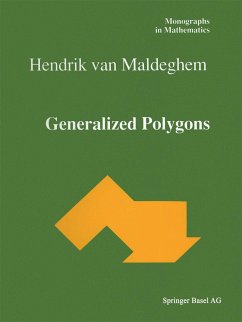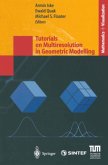This book is intended to be an introduction to the fascinating theory ofgeneralized polygons for both the graduate student and the specialized researcher in the field. It gathers together a lot of basic properties (some of which are usually referred to in research papers as belonging to folklore) and very recent and sometimes deep results. I have chosen a fairly strict geometrical approach, which requires some knowledge of basic projective geometry. Yet, it enables one to prove some typically group-theoretical results such as the determination of the automorphism groups of certain Moufang polygons. As such, some basic group-theoretical knowledge is required of the reader. The notion of a generalized polygon is a relatively recent one. But it is one of the most important concepts in incidence geometry. Generalized polygons are the building bricks of Tits buildings. They are the prototypes and precursors of more general geometries such as partial geometries, partial quadrangles, semi-partial ge ometries, near polygons, Moore geometries, etc. The main examples of generalized polygons are the natural geometries associated with groups of Lie type of relative rank 2. This is where group theory comes in and we come to the historical raison d'etre of generalized polygons. In 1959 Jacques Tits discovered the simple groups of type 3D by classifying the 4 trialities with at least one absolute point of a D -geometry. The method was 4 predominantly geometric, and so not surprisingly the corresponding geometries (the twisted triality hexagons) came into play. Generalized hexagons were born.
"... If you believe that incidence geometry is out of date, this book will prove you wrong. If you are interested in geometry and want to get introduced to fascinating recent concepts, this book will be a good starting point and a trustworthy companion for most of your way. If you are already doing research in incidence geometry, this book will bring you up to date on generalized polygons and provide a very convincing notation. In addition, its bibliography and its almost complete collection of results on generalized polygons will make it an indispensable tool. If you are eager to do some research, the author offers ten open problems."
-Zentralblatt Math
-Zentralblatt Math








